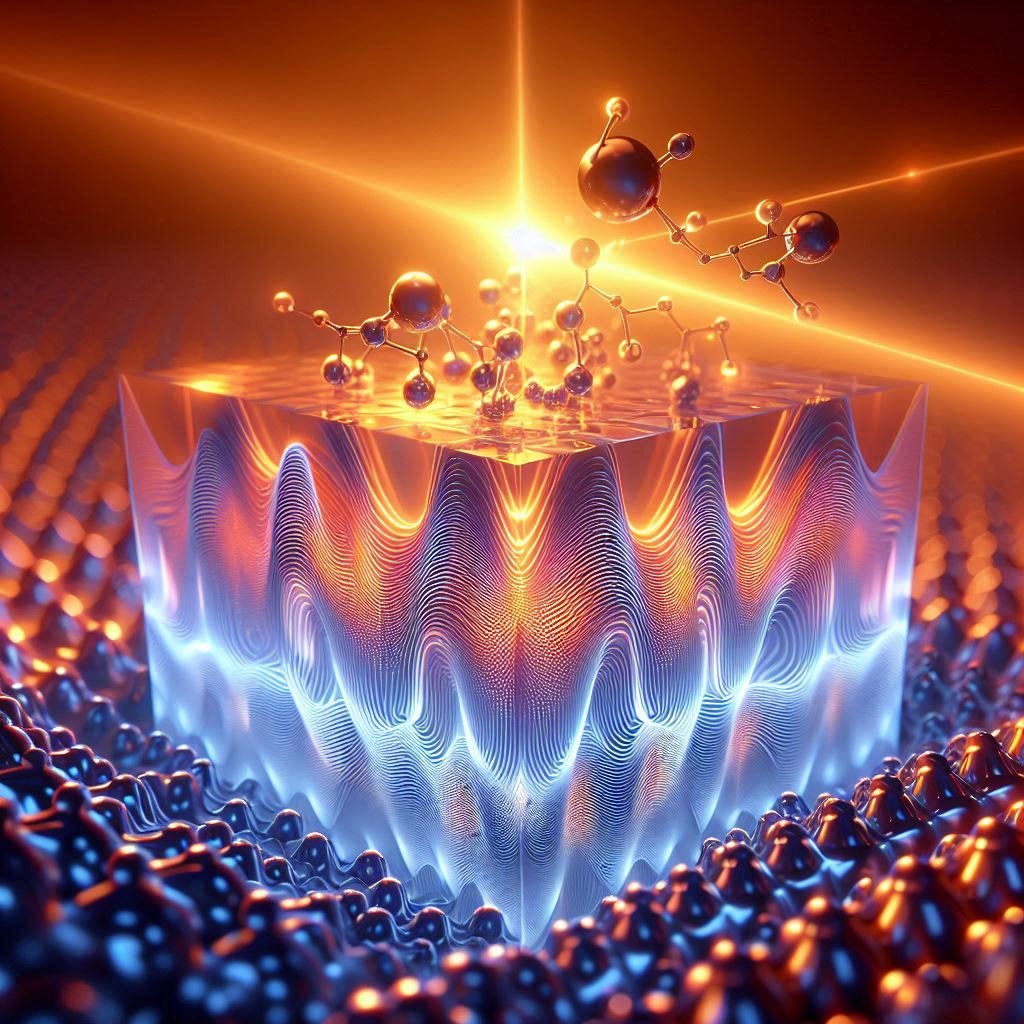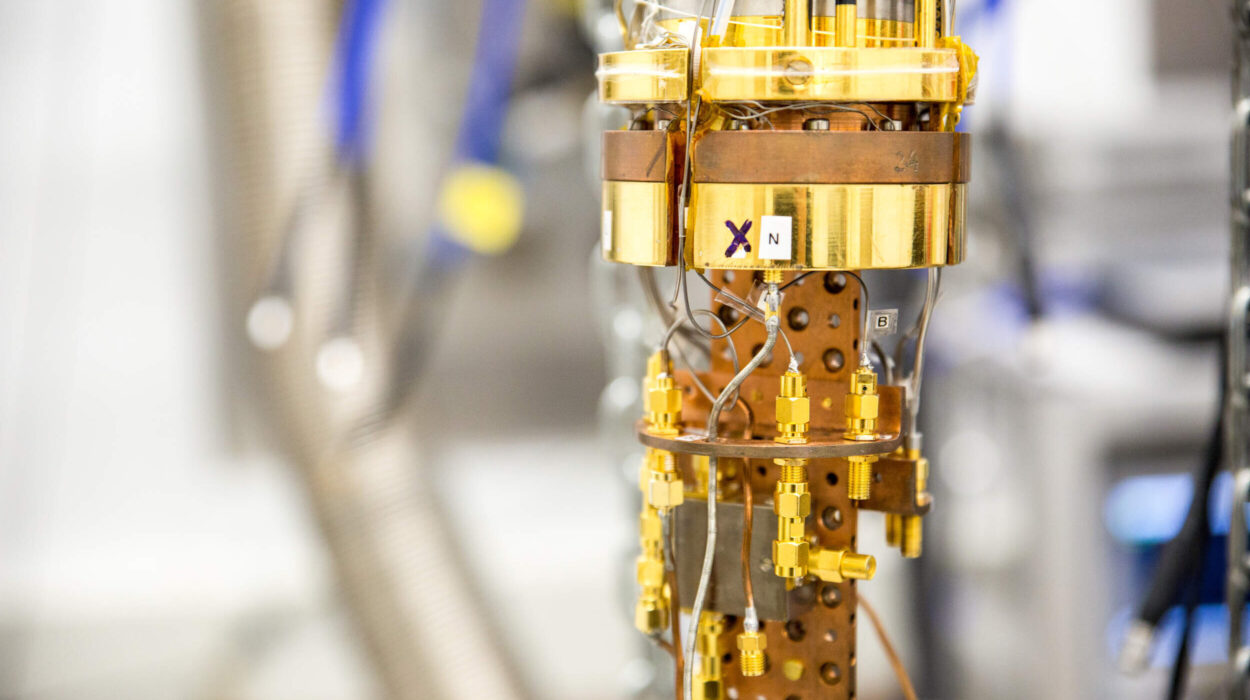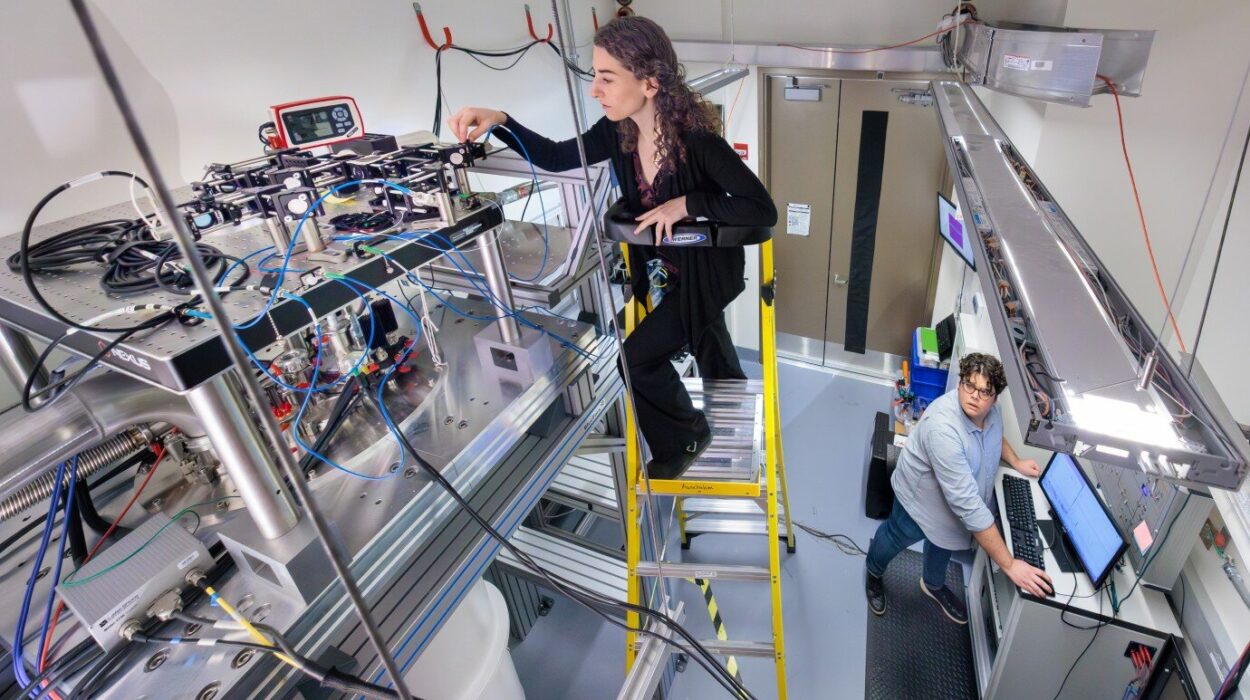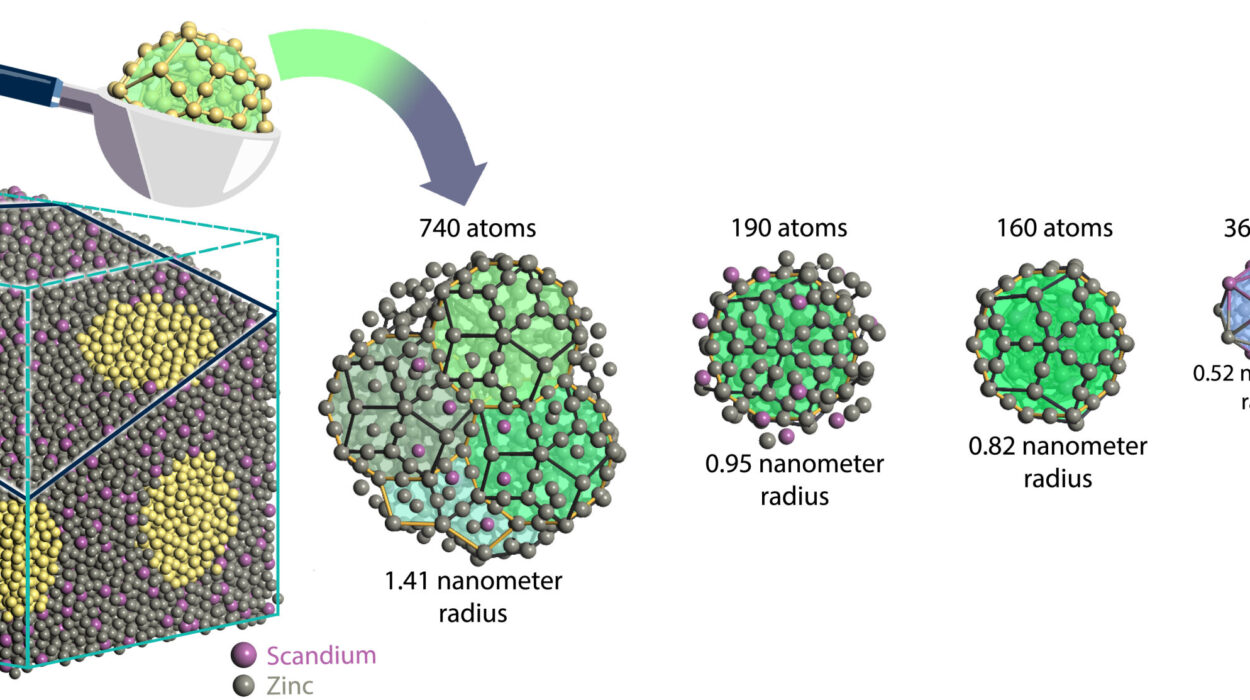In the fast-evolving world of photonics and optoelectronics, amplified spontaneous emission (ASE) stands out as a fascinating and pivotal phenomenon. ASE might sound like the exclusive jargon of laser physicists, but its underlying principles are surprisingly intuitive—and its implications are vast. Imagine a single spark triggering a chain reaction of light, where one photon inspires many others to shine in unison, amplifying the glow exponentially. That, in essence, is ASE: a process in which light, spontaneously emitted by excited particles, gets boosted in intensity as identical photons stimulate further emissions.
But ASE isn’t just a theoretical curiosity—it’s a powerhouse behind the technologies that drive everything from laser surgery tools and high-speed internet to the next generation of quantum devices. Recently, a groundbreaking discovery at Wuhan University has pushed the boundaries of our understanding of ASE even further. Researchers there have observed amplified spontaneous emission arising from a unique quantum state known as a degenerate electron-hole plasma—specifically in a two-dimensional (2D) semiconductor, suspended bilayer tungsten disulfide (WS₂). This milestone could pave the way for entirely new classes of light-based technologies.
Let’s explore this phenomenon, why this discovery matters, and how it’s rewriting the rules of optoelectronics.
What Exactly Is Amplified Spontaneous Emission?
To understand ASE, it helps to start with the basics of how light interacts with matter. In a conventional scenario, when atoms or molecules absorb energy (like photons from a laser), their electrons get excited—literally! They jump to higher energy states. Eventually, these electrons relax back down, releasing energy in the form of light. This is spontaneous emission. It’s random, in terms of direction and timing, which makes it relatively inefficient if you’re trying to build, say, a laser.
However, if a photon passes by and matches the energy difference between the excited and ground states of another particle, it can prompt that particle to release its own photon, one that’s in perfect sync with the first. This is stimulated emission, the cornerstone of lasers.
ASE happens in the space between these two concepts. Imagine a medium teeming with excited particles. As spontaneous photons shoot off randomly, they can trigger stimulated emissions. Under the right conditions, this snowballs into a flood of light amplification, though without the highly organized cavity feedback found in lasers. ASE can occur without mirrors or external resonators—making it simpler yet still powerful.
Electron-Hole Plasma: The Exotic Playground for Light
Now, let’s get a bit more exotic. When materials are bombarded with enough energy, they can generate what’s known as an electron-hole plasma. In this state, the energy is so high that electrons are ripped from their usual atomic positions, leaving behind “holes”—positive charges where electrons used to be. This creates a dense cloud of negatively charged electrons and positively charged holes. You can think of it as a plasma—a fourth state of matter—where charges move freely, like particles in a gas.
In most semiconductors, this electron-hole plasma is hard to control. It tends to decay quickly, and studying it requires precise conditions. However, when it forms in 2D materials, the dynamics change dramatically. In ultra-thin semiconductors like bilayer WS₂, the interactions between electrons and holes become significantly stronger due to quantum confinement and reduced dielectric screening. This sets the stage for entirely new optical behaviors—like ASE emerging from this plasma state.
The Breakthrough at Wuhan University: Seeing ASE in 2D Semiconductors
The team at Wuhan University, led by Yiling Yu, has been delving into the peculiar optical properties of 2D transition metal dichalcogenides (TMDs), of which WS₂ is a prime example. These materials are atomically thin, have remarkable electronic properties, and exhibit strong light-matter interactions, making them an ideal platform for optoelectronics.
Yu and her colleagues had previously noticed something unusual in their experiments. When they excited suspended bilayer WS₂ with intense laser light, they observed a sharp, almost abrupt increase in photoluminescence (PL)—the glow emitted by the material. This was no ordinary luminescence spike. It hinted at a phase transition within the material’s electron-hole system, shifting it into an entirely different quantum state.
Curious about what was driving this dramatic shift, they embarked on a new investigation, combining two sophisticated experimental techniques: transient differential transmission spectroscopy and Fabry-Pérot cavity-enhanced photoluminescence measurements.
Digging Deeper: How They Found the ASE
In their first experiment, Yu’s team used continuous-wave laser excitation on the WS₂ bilayer and applied transient differential transmission spectroscopy. This method let them track changes in the material’s optical properties in real-time as it was being excited. What they found was striking: simultaneous with the abrupt PL increase, there was a clear signature of optical gain. In other words, the material wasn’t just glowing brighter—it was actively amplifying light.
The second experiment took things further. By integrating the WS₂ sample into a Fabry-Pérot cavity—a structure that enhances light emissions by bouncing them between reflective surfaces—they measured the photoluminescence spectrum with even greater precision. This setup revealed definitive signs of the elusive degenerate electron-hole plasma state.
These observations confirmed that ASE in this 2D semiconductor was not just a fleeting anomaly but directly tied to the electron-hole plasma phase. The amplified spontaneous emission originated from this quantum state, marking the first time such a phenomenon had been conclusively demonstrated in a 2D material.
Why This Discovery Matters
This isn’t just another footnote in semiconductor research—it’s a seismic shift. Here’s why:
1. Opening the Door to Novel Quantum States
The electron-hole plasma in WS₂ showcases strong many-body interactions—meaning particles within the system are not acting independently but are heavily influenced by each other. This collective behavior hints at the possibility of creating macroscopic quantum states, akin to Bardeen-Cooper-Schrieffer (BCS) superconductivity or superfluorescence. These are exotic states of matter that exhibit remarkable properties, like zero electrical resistance or coherent light emission from large groups of particles.
2. Simpler, More Efficient Light Sources
ASE-based devices can serve as simpler alternatives to lasers. They don’t require complex cavity designs or alignment and can potentially be more energy-efficient. If harnessed in 2D materials, they could lead to ultra-compact, low-power light sources ideal for on-chip photonics, data communications, and quantum computing.
3. 2D Materials Are the Future of Optoelectronics
2D semiconductors like WS₂ are thin, flexible, and integrable into nanoscale devices. Demonstrating ASE in such materials could revolutionize how we design lasers, optical amplifiers, and other photonic components. The potential for high-speed, high-efficiency devices operating at room temperature makes this an exciting frontier.
What’s Next?
Yu’s team isn’t stopping here. Their next steps include leveraging the excited electron-hole plasma phase to pursue superfluorescence—a collective, coherent light emission phenomenon that could outperform current light sources in speed and efficiency. They’re also eyeing BCS-like macroscopic quantum states in these systems, which could lead to entirely new kinds of quantum devices.
Moreover, by combining the electron-hole plasma with tailored photonic structures—like photonic crystals or nano-cavities—they aim to develop efficient lasing technologies at the nanoscale. Imagine lasers so small they could fit onto microchips, enabling faster and more efficient data processing or ultra-sensitive sensors that could transform medical diagnostics.
Final Thoughts: The Light at the End of the Quantum Tunnel
Amplified spontaneous emission may have started as a fascinating byproduct of laser physics, but it’s quickly becoming a key player in the next generation of photonic and quantum technologies. The discovery of ASE emerging from electron-hole plasma in a 2D material isn’t just a cool laboratory trick; it’s a glimpse into the future of light manipulation at the quantum level.
As we stand on the cusp of this new era in optoelectronics, researchers like Yu and her team are illuminating the path forward—one photon at a time. Whether it’s for quantum computers, high-speed communications, or breakthroughs we haven’t yet imagined, the humble glow of amplified spontaneous emission might just be the spark that sets it all alight.
Reference: Yan Xu et al, Room-Temperature Amplified Spontaneous Emission in Two-Dimensional WS2 beyond Exciton Mott Transition, Physical Review Letters (2025). DOI: 10.1103/PhysRevLett.134.066904.






